Change Language :
techtalks: Technical articles and White Papers
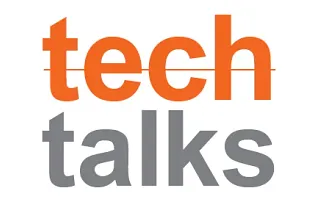
Design guidance & tips that make using igus® plastic machinery components easy in any application.
Welcome to TechTalk, a design advice series created and written by igus® product managers, which offers design guidance and tips that make specifying igus®' plastic machinery components simple in any application.
Index
drylin®
linear bearings and guides
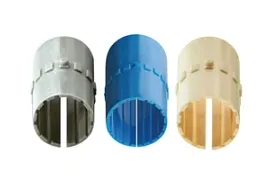
How to Eliminate Binding and Stick-slip in Linear Plastic Bearings
In this TechTalk article, learn how to eliminate binding and stick-slip in linear plastic bearings.
Stick Slip TechTalk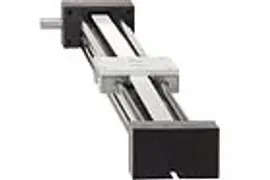
ZLW Belt Actuators by igus®
I often hear about how a customer tried using plain bearings for a linear application, but experienced binding or irregular motion. With a little education, this is easy to avoid.
ZLW Belt Actuators by igus®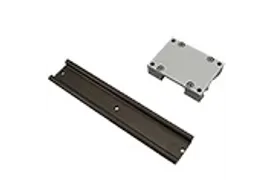
5 Installation Tips for Grease-Free Sliding Linear Bearings
I often hear about how a customer tried using plain bearings for a linear application, but experienced binding or irregular motion. With a little education, this is easy to avoid.
5 Installation Tips for Grease-Free Sliding Linear Bearings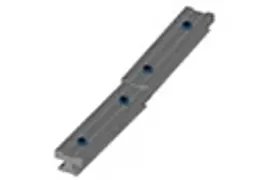
Butting Rails Together in 5 Easy Steps
Linear rails typically come in lengths between six and 12 feet, but customers often ask: is it possible to make rails longer by butting them together? The answer is yes.
Butting Rails Together in 5 Easy Steps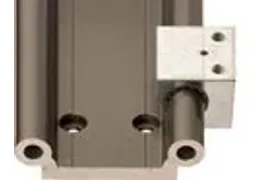
5 Ways to Choose the Best Linear Guide for Your Application from the drylin® W Toolkit
Ten years ago, round-shaped ball bearings or T-shaped linear profile rails were the two geometries found on most machines. Nowadays, the introduction of flexible, long-lasting drylin® W linear guides has changed all that.
5 Ways to Choose the Best Linear Guide for Your Application from the drylin® W Toolkit
Convert Rotary to Linear Motion
Discover differences between common types of lead screw technology, such as wear rate, explore a range of lead screw nut options, and more.
Convert Rotary to Linear Motion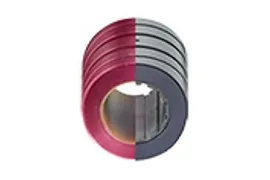
drylin® E7 vs. PTFE-lined linear plain bearings
Linear plain bearings are becoming commonplace in today’s manufacturing industry. As technologies and material sciences have advanced, so have the capabilities of linear plain bearings, particularly those made of plastic, such as the drylin® series of self-lubricating linear bearings from igus®.
Download Whitepaper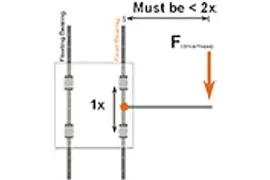
The 2:1 Rule and How to Define Fixed and Floating Bearings
When using drylin® linear guides, it is important to ensure that all acting forces follow the 2:1 rule.
The 2:1 Rule and How to Define Fixed and Floating Bearings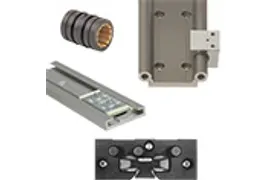
Choosing a Linear Bearing: A Quick Reference Guide
A quick-start reference guide to help you select the best linear bearing for your application.
Choosing a Linear Bearing: A Quick Reference Guide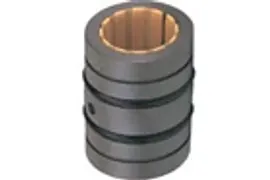
The True Cost of Linear Bearing Lubrication
Over and over again, the main reasons cited as the causes of bearing failures are lubrication-related issues.
The True Cost of Linear Bearing Lubrication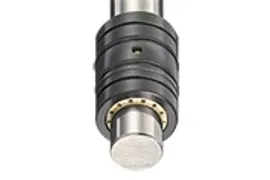
Oil-Free Bearings Withstand 43,200 Cycles 24/7
Case study about packaging equipment, which has implemented linear bearings that must operate 24/7.
Oil-Free Bearings Withstand 43,200 Cycles 24/7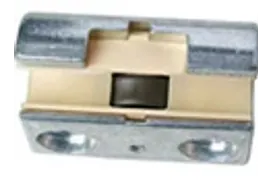
How to Lower Driving Force and Friction with Hybrid Bearings
drylin® WJRM - a cost-effective linear bearing that both rolls and slides - for manual applications subject to heavy loads.
How to Lower Driving Force and Friction with Hybrid Bearings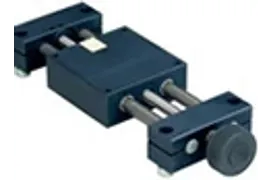
3 Tips for Choosing a Linear Slide Table
Whether you want to design your own linear slide table system or buy one as a ready-made assembly, there are a wide variety of linear products available on the market today.
3 Tips for Choosing a Linear Slide Table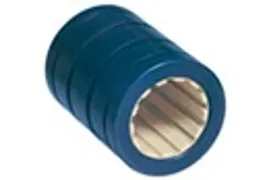
How to Increase Speeds and Accelerations Using Plastic Bearings
A few years ago, we replaced ball bearings on the welding jaw of a vertical-form-fill-seal machine, translating into an impressive 20% increase in throughput.
How to Increase Speeds and Accelerations Using Plastic Bearings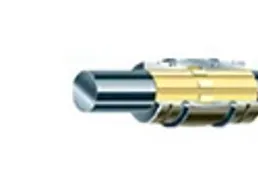
The Proof is in the Plastic
I’m sure you’ve heard the saying, “The proof is in the pudding.” But when it comes to self-lubricating plastic bearings, the proof is definitely in the plastic.
The Proof is in the Plastice-chain®
cable carriers
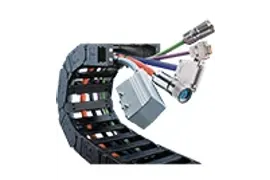
Caring for Cables
Cable carriers guide and protect cables and hoses on moving machinery.
Caring for Cables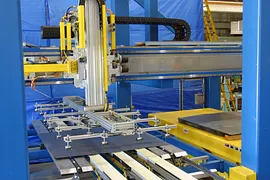
Plastic Versus Steel Cable Carriers
Nowadays, plastic cable carriers can achieve almost anything steel can!
Plastic Versus Steel Cable Carriers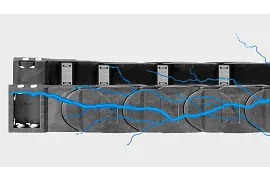
The Basics Behind ESD Applications Using Cable Carriers
There are two key reasons why specialized cable carriers should be used in ESD applications.
The Basics Behind ESD Applications Using Cable Carriers
Gliding, Long Travel Cable Carrier Applications
Over the years, cable carriers have increasingly pushed the envelope in terms of higher speeds, longer distances and heavier loads.
Gliding Long Travel Cable Carrier Applications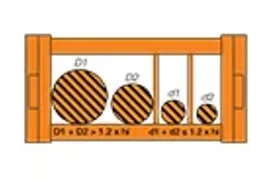
The Cable Distribution Rules You Need to Obey
Correctly arranging every cable and hose within a cable carrier according to the recommended spacing requirements is vital if you want to prolong the service life of your system.
The Cable Distribution Rules You Need to Obey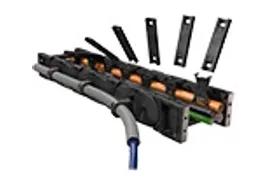
Accessorize Your Cable Carrier
Accessories - or lack thereof - are a vital part of the performance of a cable carrier system.
Accessorize Your Cable Carrier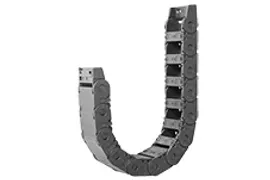
How to Select the Bend Radius of a Cable Carrier
When specifying a cable management system, there are different ways to maximize the service life of your cables. One crucial factor is choosing the right bend radius for the cable carrier.
How to Select the Bend Radius of a Cable Carrier
Reduce Energy Use with Plastic Cable Carriers
Tests prove energy consumption can be reduced by using the right cable carrier material.
Reduce Energy Consumption With Plastic Cable Carriers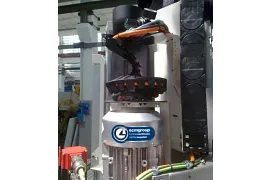
A How-To Guide For Rotary Applications
Here are three different types of rotary applications and the cable carrier system used for each.
A How-To Guide For Rotary Applicationschainflex®
Continuous-flex cables

Continuous-flex Cable Construction
An explanation of the bundling versus layering technique in the construction of continuous-flex cables.
Continuous-flex Cable Construction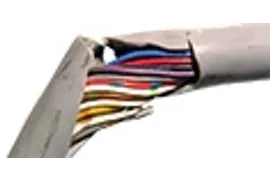
6 Common Cable Failure Modes
It's very important for cables used in continuous-flex applications to follow certain construction and performance guidelines.
6 Common Cable Failure Modes
7 Cable Management Mistakes You Don't Know You're Making
Seven common cable management mistakes and how you can avoid making them.
7 cable management mistakes you don't know you're making
Robotic Cable Management Made Easy
The complex movements made by six-axis robots require special consideration when integrating cables and hoses.
Robotic Cable Management Made Easy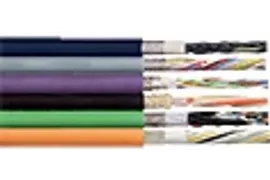
7 Guidelines for Continuous-flex Cables
Construction and performance guidelines for cables used in continuous-flex applications.
7 Guidelines for Continuous-flex Cables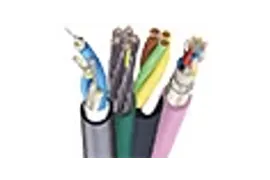
2 Key Factors When Specifying Vision Cables
New and exciting applications inevitably bring a new set of cabling challenges especially in industrial applications where reliability and mean time between failure are critical.
What to Look for When Specifying a Robot Cable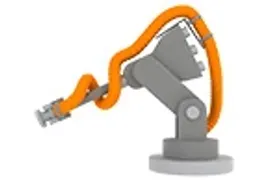
What to Look for When Specifying a Robot Cable
As industrial robotic applications become more and more demanding, flexible cables need to handle more complex movements and still deliver a long service life.
The Less-is-More Approach to Robotic Cable Management
The Less-is-More Approach to Robotic Cable Management
Managing cables and hoses may seem simple, but in reality it is an important part to of any well-functioning robot.
3 Ways to Avoid Corkscrewed Cables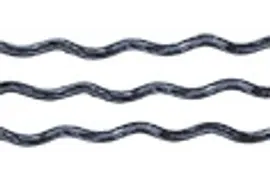
3 Ways to Avoid Corkscrewed Cables
What characteristics a cable must have in order to prevent corkscrewing.
Where to Use Cost-effective Continuous-flex Cables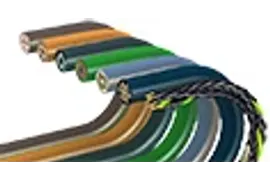
Where to Use Cost-effective Continuous-flex Cables
In applications where a low to medium-duty continuous-flex cable can be used, there are some cost-effective options.
7 Guidelines for Cable Installation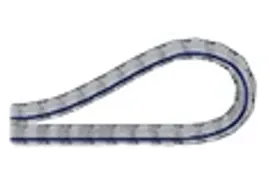
7 Guidelines for Cable Installation
igus® does not recommend that cables be “relaxed” or “shaken out” prior to being installed into a cable carrier
7 Guidelines for Cable Installation
NFPA 79 Standard Update: When to Use AWM Cables
Revised NFPA 79 standard permits the use of certain AWM cables, many of which can be used for high-flex applications.
iglide®
plastic bushings
iglide® PRT
slewing rings
igubal®
spherical bearings
xiros® & robolink®
plastic ball bearings












